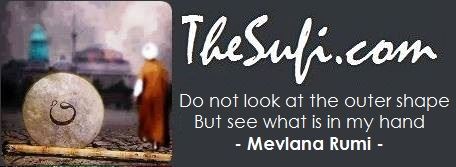Understanding the true meaning of Sema [Whirling Dervishes Ceremony]
Urs/Uroos of Mevlana Rumi (Konya, Turkey) – 2nd Week of December
Whirling Dervishes is perhaps the most recognized ritual of Sufism popular all over the world. The whirling called Sema, while may seem a form of dance, is actually a deeply spiritual exercise usually devoted to Mevlana Rumi and practiced by Mevlana Order of Sufism. It usually has 7 phases, as performed by Mevlana Order:
- Part 1: Testifiying to God’s unity
- Part 2: Drums; God order to the Creation
- Part 3: Ney; The Divine Breath
- Part 4: Greeting
- Part 5: Sema, The Whirling
- Part 5: Salutes
- Part 6: Reading of Quran
- Part 7: Closing with Dawood on all Prophets
Whirling Sufis wear symbolic clothing: cloacks wear a coffin, conical hats represent epitaphs ( Mevlana tombs also have these turbans at the place of gravestone) and skirts mean a shroud (burial dress).
There is a leader (Shaykh) which symbolizes Sun while the dervishes spin around him like moon and planets orbit around the Sun. Right Palm face the heavens for divine guidance and blessings and left palm faces earth to distribute it.
The Uroos/Urs of Mevlana Rumi is celebrated with religious fervour every December and is marked by Sufi Whirling in the Rose Garden at the Shrine of Mevlana Rumi (known as Mevlana Museum). More than 1 million visitors across the world come to Konya, the ancient Seljuk capital, to see the Whirling Dervishes Festival, which marks the Urs of Mevlana Rumi.
Urs is a derivation of word Uroos (Bride/Nuptial Night in Persian) and celebrates as night of unification with God as the soul returns to his Creator.
Pilgrims offer Fatiha at the mausoleum and pay tribute to the revered saint. I had a great honour to visit Konya in December 2010 and it was an overwhelming experience. Pilgrims interested in visiting Konya will find this useful.
Besides Konya, there are many performance in Istanbul all over the year and especially in December to mark the occasion of Mevlana Rumi death anniversary.



